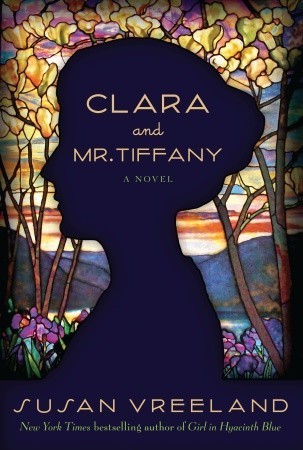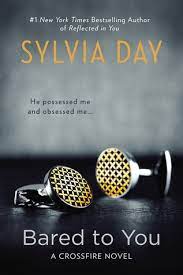
Let’s delve into the captivating world of “Clara and Mr. Tiffany” by Susan Vreeland. This historical novel transports us to New York City at the turn of the twentieth century, where art, commerce, love, and duty intersect.
Introduction
In the glittering Gilded Age of New York, we meet Clara Driscoll, a talented artist working in Louis Comfort Tiffany’s renowned glass studio. The novel unfolds against the backdrop of formal balls, opera, and the immigrant poverty of the Lower East Side. Clara, though unrecognized publicly, is the creative force behind many iconic leaded-glass lamps that Tiffany is remembered for. Her struggle for artistic recognition and her personal desires form the heart of the story.
Main Characters
- Clara Driscoll: A freethinking artist who conceives and designs the exquisite stained-glass lamps for Tiffany’s studio. She yearns for recognition and faces the challenges of being a professional woman in a male-dominated world.
- Louis Comfort Tiffany: The renowned artist and businessman. Publicly, he takes credit for the lamps, but behind the scenes, Clara is the driving force.
- Other Characters: The novel introduces us to a cast of imagined and historic characters, including New York’s ultra-rich and desperate poor, entitled men, and disenfranchised women.
Plot
The central conflict revolves around Clara’s desire for artistic recognition. She grapples with the challenges of being a professional woman, navigating the intricacies of the male-dominated art world. As she creates stunning lamps, she also yearns for love and companionship. The tension between her professional ambitions and personal longings drives the narrative. Additionally, Tiffany enforces strict policies against hiring married women, adding further complexity to Clara’s journey.
Setting
The novel is set in the 1890s, a time of immense social and cultural change. New York City serves as the vibrant backdrop, from opulent ballrooms to the gritty streets of the Lower East Side. The contrast between wealth and poverty, tradition and innovation, shapes the characters’ lives and decisions. The studio itself becomes a microcosm of these tensions, where Clara’s creativity clashes with societal norms.
Themes
Several underlying ideas resonate throughout the novel:
- Art and Commerce: Clara’s struggle highlights the delicate balance between artistic passion and commercial success.
- Gender Roles: The challenges faced by women in pursuing their ambitions, especially in male-dominated fields.
- Love and Duty: Clara’s devotion to her work and her personal relationships intersect, forcing her to make difficult choices.
- Social Inequality: The stark contrast between the privileged elite and the struggling immigrants underscores the societal divisions of the era.
Conclusion
“Clara and Mr. Tiffany” immerses readers in a world of creativity, ambition, and love. Clara’s journey resonates with anyone who has faced the tug-of-war between personal fulfillment and societal expectations. Through her eyes, we witness the intricate process of creating art and the indomitable spirit of a woman determined to leave her mark on history.
In summary, “Clara and Mr. Tiffany” paints a vivid picture of New York’s past, weaving together artistry, romance, and societal challenges. Susan Vreeland’s novel invites us to appreciate the unsung heroes behind masterpieces and the complexities of following one’s heart in a world of constraints.

